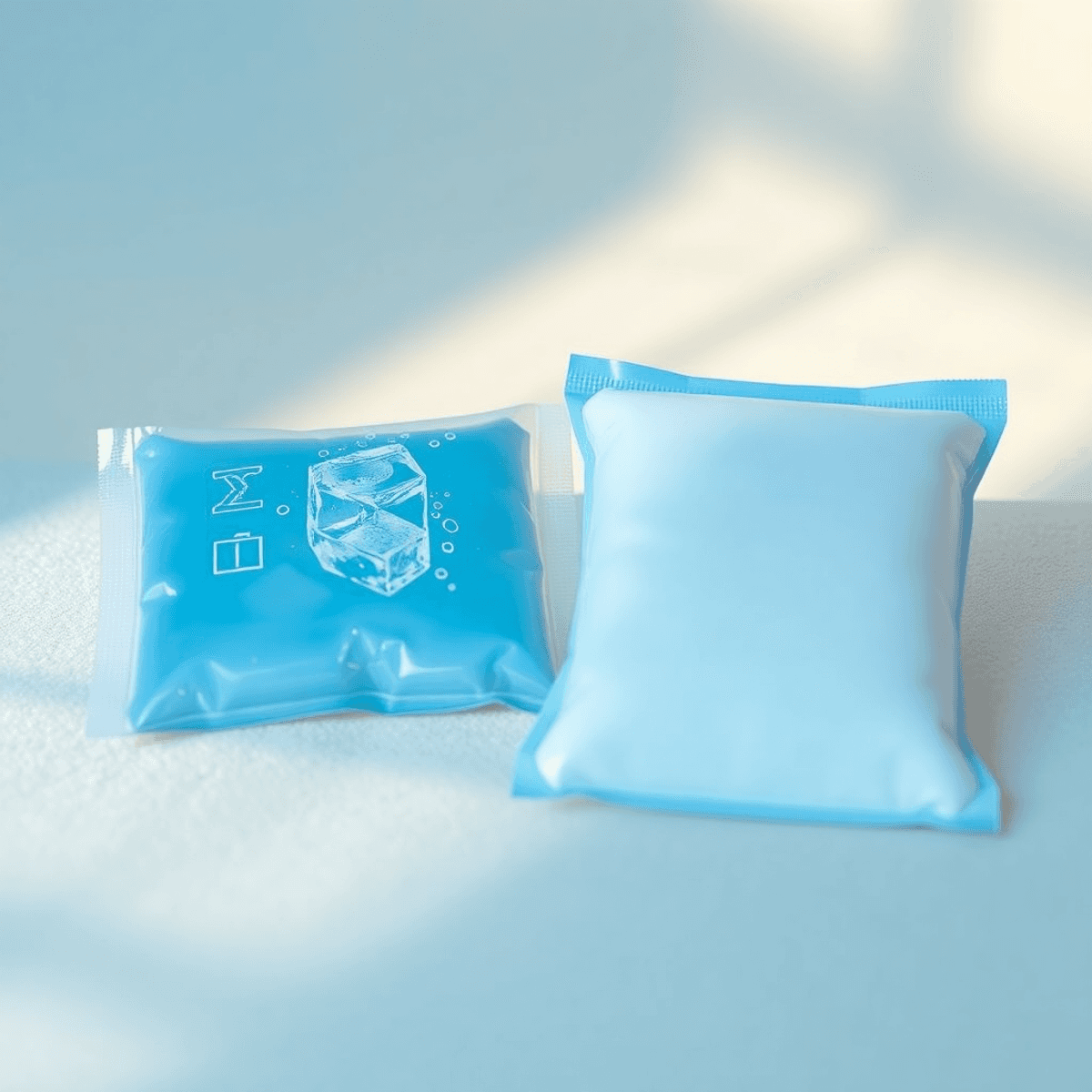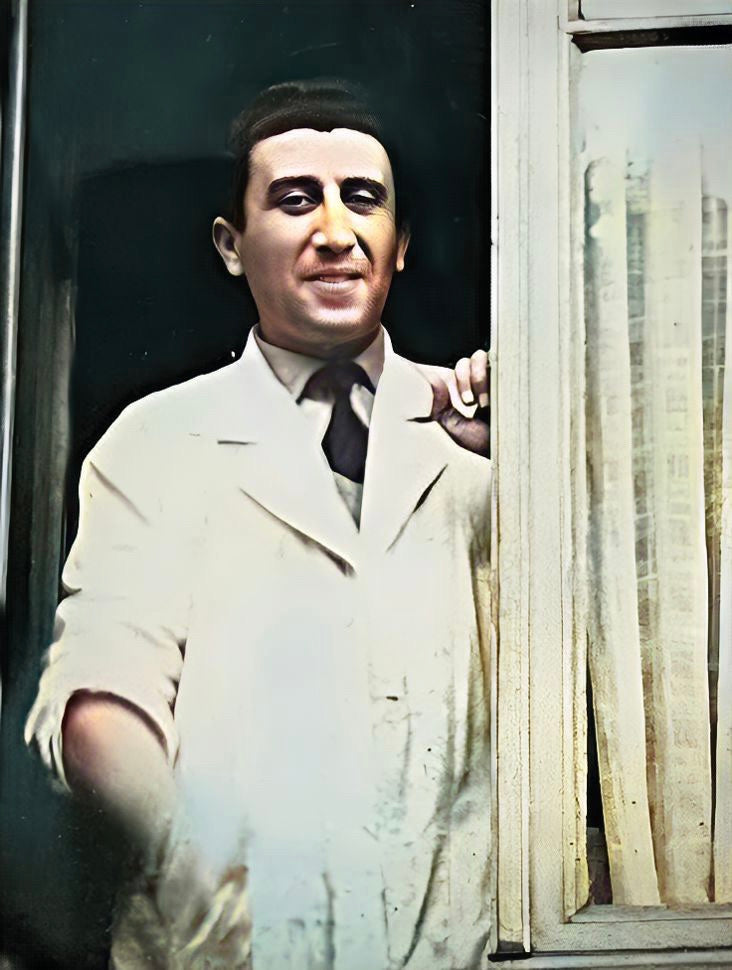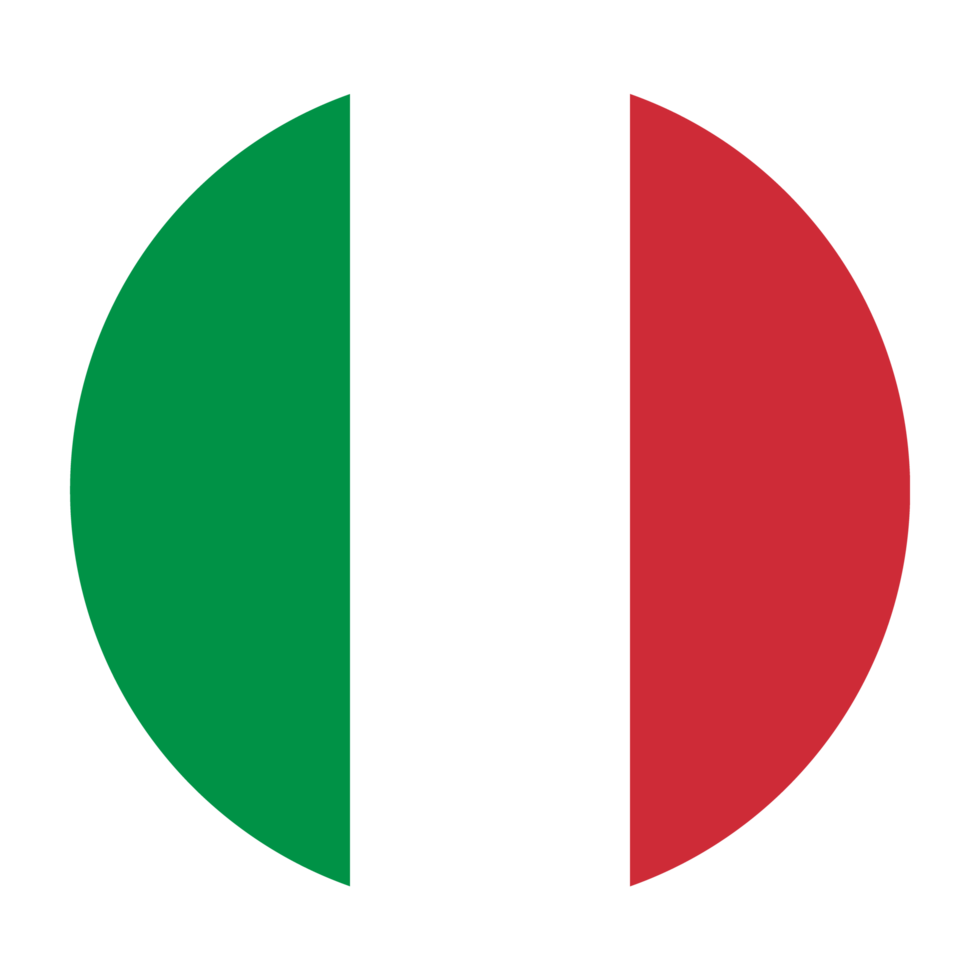Pulled Back Muscle Relief: What You Need to Know

Introduction
A pulled back muscle can strike without warning, turning simple daily activities into challenging tasks. This common injury, medically known as a back strain, occurs when your back muscles or tendons stretch beyond their limits or tear. You might experience this during everyday activities like lifting heavy objects, making sudden twisting movements, or even from poor posture.
Common causes of back strain include:
- Improper lifting techniques
- Sudden movements or twists
- Sports injuries
- Poor posture
- Repetitive movements
- Falls or accidents
Understanding proper treatment options is crucial for your recovery journey. The right approach can speed up healing, prevent chronic issues, and help you return to your normal activities faster. The wrong approach might prolong your discomfort or lead to additional complications.
In this comprehensive guide, you'll discover:
- Detailed insights into what causes pulled back muscles
- Effective treatment options for immediate relief
- Home remedies and over-the-counter solutions
- Professional treatment alternatives
- Prevention strategies to avoid future injuries
To alleviate the pain from a back strain, five effective exercises are recommended by experts. These exercises not only provide immediate relief but also aid in the long-term recovery process.
Whether you're currently dealing with a back strain or want to prepare for potential future incidents, this guide provides the essential information you need for managing and treating pulled-back muscles effectively.
Understanding Pulled-Back Muscles
What Defines a Pulled Back Muscle?
A pulled-back muscle occurs when muscle fibres or tendons stretch beyond their normal capacity, resulting in small tears within the tissue. These injuries, medically known as strains, differ from sprains which affect ligaments rather than muscles.
Back strains typically fall into three categories:
- Grade 1: Mild stretching with minimal tissue damage
- Grade 2: Partial tearing of muscle fibres
- Grade 3: Complete muscle tear with significant loss of function
Common Causes and Risk Factors
Your back muscles can become strained through various activities and circumstances:
Sudden Movements
- Lifting heavy objects incorrectly
- Quick twisting motions
- Unexpected falls or impacts
- Sports-related injuries
Gradual Strain
- Poor posture during daily activities
- Repetitive movements at work
- Extended periods of sitting
- Improper exercise technique
Body Mechanics Issues
- Weak core muscles
- Muscle imbalances
- Insufficient warm-up before physical activity
- Carrying heavy bags on one side
Recognising the Symptoms
Primary Indicators
- Sharp, localised pain that intensifies with movement
- Muscle spasms in the affected area
- Restricted range of motion
- Difficulty maintaining normal posture
For those experiencing persistent discomfort, such as daily lower back pain, understanding the underlying causes can be beneficial.
Additional Signs
- Visible swelling around the injury site
- Pain that radiates to nearby areas
- Muscle weakness or fatigue
- Stiffness, particularly after rest
When to Seek Medical Help
Contact a healthcare provider if you experience:
- Pain lasting longer than two weeks
- Numbness or tingling sensations
- Weakness in your legs
- Pain that spreads below your knees
- Difficulty with bladder or bowel control
- Fever alongside back pain
These symptoms might indicate a more serious condition requiring professional medical assessment and treatment. In such cases, seeking immediate medical attention is crucial.
Managing Pain and Seeking Relief
While waiting for a medical consultation, you may consider using natural remedies for relief. Products like our natural pain relief cream can provide fast relief for back pain, joint discomfort, muscle strain, and more. For comprehensive solutions targeting various types of pain including back pain, joint issues, and arthritis discomfort, explore our range of specially designed products.
Treatment Options for Pulled Back Muscles
Effective treatment for a pulled back muscle starts with immediate action. Your recovery journey requires a combination of rest, ice therapy, and heat application at the right times.
Rest and Activity Modification
Rest plays a crucial role in your initial recovery phase. A pulled back muscle needs time to heal, but complete bed rest isn't recommended beyond 48 hours. Here's how to modify your daily activities:
- Sleep on a firm mattress with a pillow between your knees
- Avoid activities that trigger pain, such as heavy lifting or twisting
- Take short walks to prevent muscle stiffness
- Use proper posture when sitting or standing
- Take regular breaks from prolonged sitting
Ice Therapy for Inflammation
Ice therapy is most effective during the first 48 hours after injury. This treatment helps reduce swelling and numbs pain signals. Follow these guidelines for ice application:
- Apply ice packs for 15-20 minutes at a time
- Wrap ice in a thin towel to protect your skin
- Repeat ice therapy every 2-3 hours
- Avoid direct ice contact with your skin
Heat Therapy Benefits
After the initial 48-hour period, heat therapy becomes your ally in recovery. Heat increases blood flow to the injured area and relaxes tense muscles. Here's how to use heat effectively:
- Apply a heating pad on medium setting for 15-20 minutes
- Try warm showers or baths to relax muscles
- Use heat before gentle stretching exercises
- Best times for heat therapy:Morning hours to reduce stiffness
- Before physical activities
- Evening hours to promote relaxation
The combination of these treatments creates a powerful healing strategy. Your back needs different approaches at different stages of recovery. Ice therapy works best for fresh injuries, while heat therapy supports the healing process after initial inflammation subsides.
These treatment methods work together to speed up your recovery process. Each plays a specific role in managing pain and promoting healing. Listen to your body's response to each treatment and adjust accordingly.
In addition to these methods, you may also consider using topical solutions such as pain relief creams which can be particularly effective for managing discomfort during recovery. For instance, you can explore some of the best pain relief creams for joint pain which have been reviewed extensively and could offer additional relief during your healing process.
Over-the-counter pain Relief Options and Home Remedies
NSAIDs are the first line of defence against back strain discomfort. Common options include ibuprofen (400-800mg every 6-8 hours) and naproxen (250-500mg twice daily). These medications work by reducing inflammation and alleviating pain. For optimal results, take NSAIDs with food to prevent stomach irritation.
Recommended NSAID Usage:
- Take as directed on the package
- Don't exceed maximum daily dosage
- Use for short-term relief (7-10 days)
- Consult your GP if you have underlying health conditions
Compression bandages provide essential support during recovery. A properly applied elastic bandage helps:
- Reduce swelling through gentle pressure
- Support injured muscles
- Maintain proper blood circulation
- Prevent excessive movement
Proper Bandage Application:
- Start wrapping below the injury site
- Maintain consistent pressure
- Avoid wrapping too tightly
- Remove at night
Gentle stretching exercises play a crucial role in recovery. Start these exercises only after acute pain subsides:
Basic Stretching Routine:
- Knee-to-chest stretch: Lie on your back, gently pull one knee toward your chest
- Cat-cow pose: On hands and knees, alternate between arching and rounding your back
- Pelvic tilts: Lie flat, tilt pelvis to press lower back into the floor
- Hold each stretch 15-30 seconds
- Perform 2-3 times daily
Core strengthening exercises help prevent future injuries. These exercises target your:
- Deep abdominal muscles
- Lower back muscles
- Pelvic floor
- Diaphragm
Recommended Strengthening Exercises:
- Bird dog: Alternate extending opposite arm and leg while on hands and knees
- Bridge: Lie on back, lift hips while keeping shoulders on floor
- Modified planks: Start on forearms and knees
- Perform 10-15 repetitions
- Build gradually as strength improves
Remember to stop any exercise that causes pain or discomfort and consult a healthcare professional if needed.
Alternative Therapies and When to Seek Medical Attention
Physical Therapy for Back Strain Recovery
Physical therapy stands as a proven method for back strain recovery. A qualified physical therapist creates personalised treatment plans based on your specific injury and fitness level. Your sessions might include:
- Manual therapy techniques to reduce muscle tension
- Targeted exercises for strength and flexibility
- Posture correction guidance
- Electrical stimulation therapy
- Ultrasound treatments
These guided rehabilitation sessions help speed up recovery while teaching proper movement patterns to prevent future injuries.
Chiropractic Care for Spinal Manipulation
Chiropractic care offers another path to relief through spinal manipulation. Licensed chiropractors use controlled force to adjust your spine and surrounding tissues. Benefits of chiropractic treatments include:
- Reduced muscle tension and spasms
- Improved range of motion
- Enhanced blood flow to injured areas
- Decreased inflammation
- Natural pain management without medication
Red Flags: When to Seek Immediate Medical Care
While many pulled back muscles heal with self-care, certain symptoms require professional medical evaluation:
- Severe pain that doesn't improve with rest
- Numbness or tingling in legs
- Loss of bladder or bowel control
- Weakness in legs
- Pain accompanied by fever
- Injury from a high-impact accident
- Pain that spreads down both legs
- Difficulty breathing
Your doctor might recommend additional diagnostic tests such as X-rays or MRI scans to rule out serious conditions. They may also prescribe stronger pain medication or muscle relaxants if needed.
Alternative treatment options like acupuncture, massage therapy, or yoga therapy might complement your recovery plan. These therapies can help manage pain and promote healing when used alongside traditional treatments. For effective pain relief and management, consider exploring some natural and effective ways provided by 1936 Original's premium products.
Remember: severe or persistent symptoms need proper medical evaluation to ensure appropriate treatment and prevent potential complications.
Conclusion & Final Thoughts on Prevention Strategies Against Future Injuries
Prevention is your best defence against pulled back muscles. Taking proactive steps to maintain a healthy back involves several key strategies:
Essential Prevention Tips:
- Maintain proper posture during daily activities
- Practice correct lifting techniques - bend at the knees, keep the back straight
- Strengthen core muscles through targeted exercises
- Take regular breaks during prolonged sitting
- Use ergonomic furniture and equipment
Daily Habits for Back Health:
- Stay physically active with low-impact exercises
- Stretch regularly, especially before and after physical activities
- Maintain a healthy weight to reduce strain on back muscles
- Get adequate sleep on a supportive mattress
- Listen to your body's signals and avoid overexertion
Remember: pulled back muscles can be both painful and disruptive to daily life. The combination of proper treatment strategies - from immediate care to long-term management - helps ensure effective recovery. Your commitment to prevention through proper body mechanics and regular exercise creates a strong foundation for lasting back health.
Take action today - implement these preventive measures into your daily routine. Your back health depends on the choices you make now.
FAQs
What is a pulled back muscle?
A pulled-back muscle occurs when muscle fibres or tendons are overstretched or torn, often resulting in pain and discomfort.
What are the common causes of a pulled back muscle?
Common causes include sudden movements such as lifting heavy objects incorrectly, quick twisting motions, and gradual strain from poor posture or repetitive movements.
What symptoms should I look for if I suspect a pulled-back muscle?
Primary indicators include sharp, localised pain that intensifies with movement, as well as possible stiffness and reduced range of motion.
When should I seek medical help for a pulled-back muscle?
You should contact a healthcare provider if you experience pain lasting more than a few days, severe pain that limits mobility, or any numbness or tingling in your legs.
What are some effective treatment options for managing a pulled-back muscle?
Effective treatments include rest and activity modification, ice therapy within the first 48 hours, heat therapy after that period, over-the-counter pain relief options like NSAIDs, and physical therapy for recovery.
How can I prevent future injuries to my back muscles?
Prevention strategies include maintaining good posture during daily activities, strengthening core muscles, addressing muscle imbalances, and ensuring proper warm-up before physical activities.












